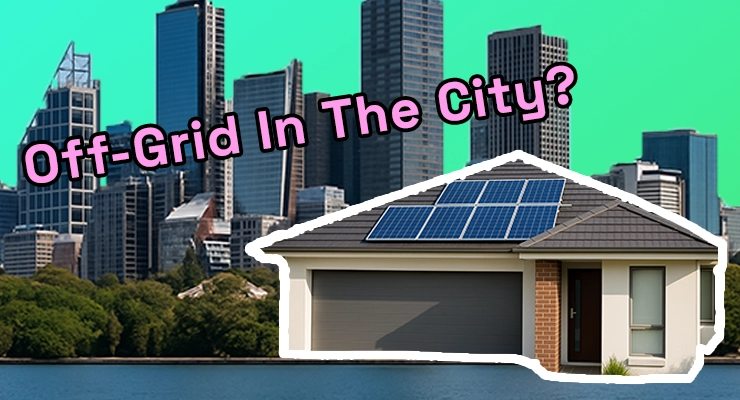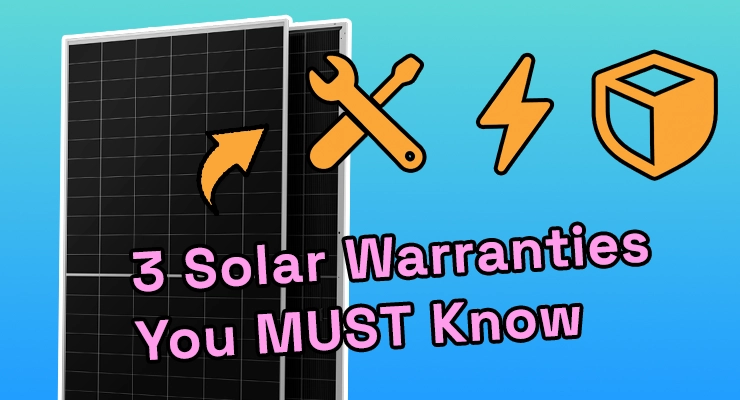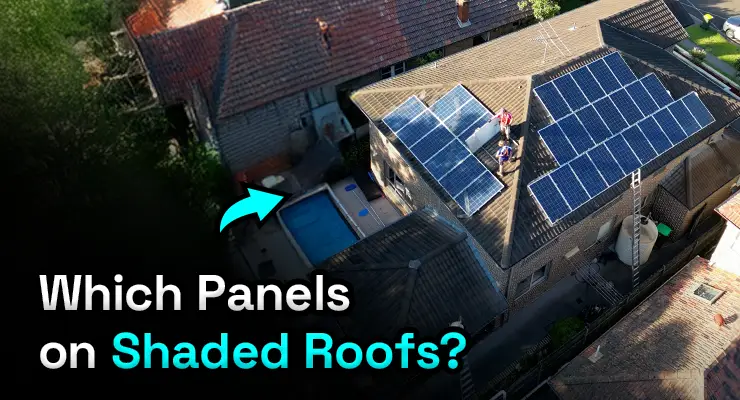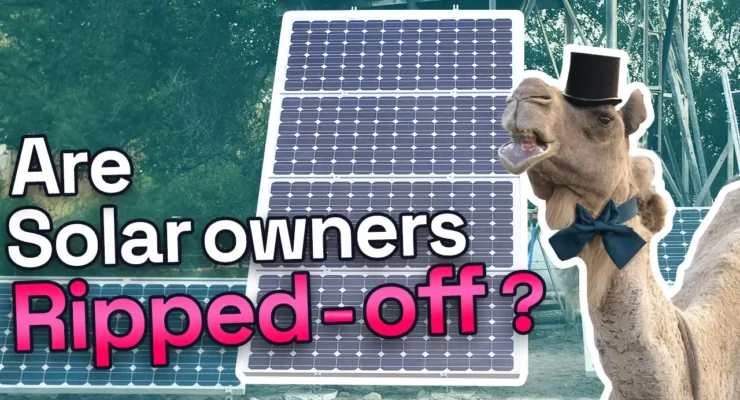
Fast read
Many Australians are puzzled by the current low solar feed-in tariffs, especially recalling higher rates a decade ago. From 2009-2013, Australian state governments heavily subsidised solar energy through "premium Feed-in Tariffs", even surpassing electricity supplier rates. These tariffs were incentives to promote solar adoption.
However, as solar technology became more affordable and prevalent, these tariffs began decreasing. Today, the Australian Independent Pricing and Regulatory Tribunal (IPART) sets the feed-in tariffs based on the wholesale electricity price.
Consequently, the current solar feed-in tariffs closely mirror these wholesale energy prices.
Solar Feed-In Tariffs: Why Are They Lower Today?
Solar feed-in tariffs (FiTs) are the payments you receive when your solar energy system exports unused electricity back to the grid. This financial incentive has been a key driver in Australia’s solar energy boom.
But if you’ve noticed your feed-in tariff has dropped significantly compared to a decade ago, you’re not alone. Let’s break down why this has happened and what it means for your solar savings.
A Brief History of Solar Feed-In Tariffs in Australia
From 2009 to 2013, many Australian state governments introduced premium feed-in tariff schemes to encourage solar adoption. These schemes paid homeowners a generous rate—often higher than what they were charged for importing electricity from the grid.
The catch? These high tariffs were heavily subsidised by governments, creating an artificially inflated value for exported solar energy.
Why Premium Feed-In Tariffs Ended
The cost of subsidising such high payments became unsustainable, and feed-in tariffs began to align more closely with the actual wholesale electricity price.
How Are Feed-In Tariffs Determined Today?
The Australian Independent Pricing and Regulatory Tribunal (IPART) now plays a pivotal role in setting feed-in tariffs. Each year, IPART releases recommendations for the minimum and maximum rates energy retailers should pay for exported solar power.
What Factors Impact Your Feed-In Tariff?
- Wholesale Electricity Prices: Retailers base their solar export rates on the national wholesale electricity price, which can fluctuate between 6 and 15 cents per kWh.
- Grid Costs: Part of the cost goes toward maintaining and upgrading the electricity grid infrastructure.
- Retailer Margins: Energy retailers factor in their operating costs and profit margins, which can lower the rates offered to you.
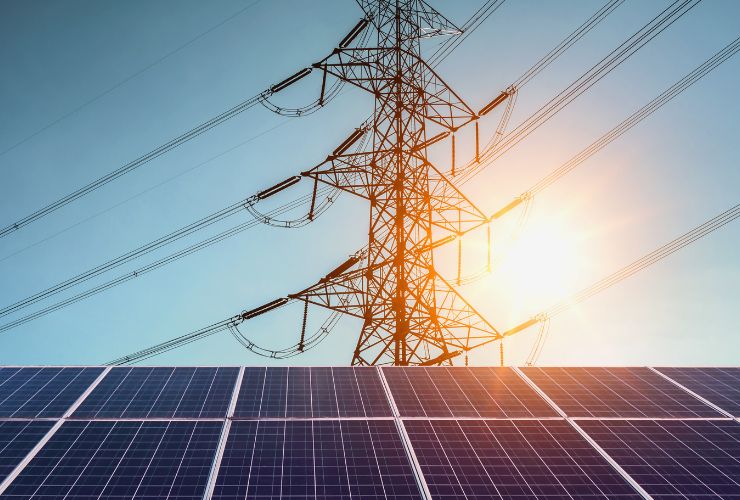
Understanding Your Electricity Bill
Your electricity bill is made up of three key components:
- Supply Charge: A daily fixed fee for being connected to the grid.
- Usage Charge: The cost of electricity you import from the grid, measured in kWh.
- Feed-In Credit: The amount you’re paid for exporting excess solar energy, which is deducted from your bill.
What Makes Up the Usage Charge?
So in real numbers let’s say the price per kWh you pay is 36 cents ex GST.
Here’s a sample breakdown of what you pay per kWh:
- 11 cents: Wholesale electricity cost.
- 16 cents: Transmission and distribution costs for grid maintenance.
- 3 cents: Renewable energy rebate schemes.
- 6 cents: Retailer operating costs and profit margins.
What caused low Solar Feed-in Tariffs?
When you feed electricity back into the grid, energy companies must still cover grid infrastructure costs. This means they can’t afford to pay you the full retail rate for your exported power.
Plus, with the rise of large-scale renewable energy projects (e.g., solar farms and wind farms), the wholesale price of electricity has dropped, further reducing feed-in tariff rates.

Should You Still Invest in Solar Energy?
Absolutely! While feed-in tariffs have decreased, solar power remains a smart financial decision. Here’s why:
- Save on Your Own Usage: By generating and using your own solar power, you avoid paying full retail rates for electricity.
- Long-Term Savings: A high-quality solar system can pay for itself in just a few years through lower electricity bills.
- Environmental Impact: By using solar, you reduce reliance on fossil fuels and contribute to a greener planet.
The Bottom Line on Solar Feed-In Tariffs
Solar feed-in tariffs may be lower today than in the past, but the benefits of investing in solar energy remain undeniable. By choosing the right system, using your power wisely, and finding a competitive retailer, you can still enjoy significant savings and reduce your environmental footprint.
